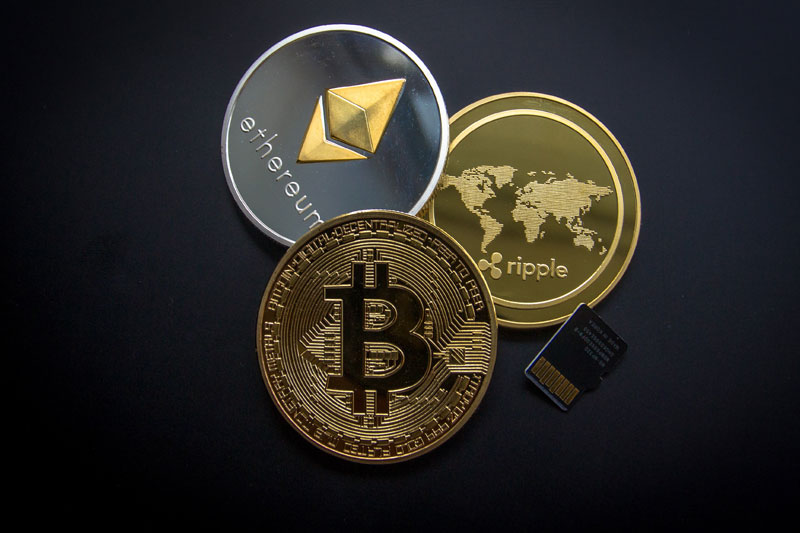The cryptocurrency sector saw an unprecedented wave of criminal activity in the past year, with scammers and hackers making off with $1.75 billion in assets across 283 crypto heists. This marks the highest frequency of such crimes to date.
The trend reflects a growing problem within the crypto community, with each year seemingly worsening in terms of the frequency and scale of thefts. The three months through March 2024 has continued this concerning pattern, with nearly 50 crypto thefts recorded, amounting to nearly half a billion dollars lost.
According to data from AltIndex.com, the start of 2024 has seen a surge in crypto criminal activity, with the value of stolen cryptocurrencies nearing $430 million. This escalation is alarming, particularly when the figures are placed in the context of previous years.
The first three months of 2024 alone accounted for one-third of the total number of heists reported in the entirety of 2023, a year already notorious for its record number of crypto thefts. Moreover, the financial damage crypto users incurred in these initial months equals roughly one-third of the total losses they suffered throughout 2023.
The bulk of the losses this year can be traced back to a single incident where the crypto gaming platform PlayDapp was compromised, leading to the theft of PLA tokens valued at $290 million at the time of the breach. This single event highlights the substantial impact that even one successful attack can have on the overall security and stability of the crypto market.
The first quarter of 2024 has also shed light on the continuing vulnerability of Decentralized Finance (DeFi) protocols, which have been the primary targets for these cybercriminals. The data reveals that 60% of all crypto heists during this period targeted DeFi platforms, with a total of 28 reported incidents.
These statistics highlight how appealing DeFi platforms are to scammers, largely due to the exploitable flaws in smart contract codes that allow thieves to siphon off funds. January alone saw 12 attacks on DeFi protocols, followed by eight attacks in each of the subsequent months, February and March.
